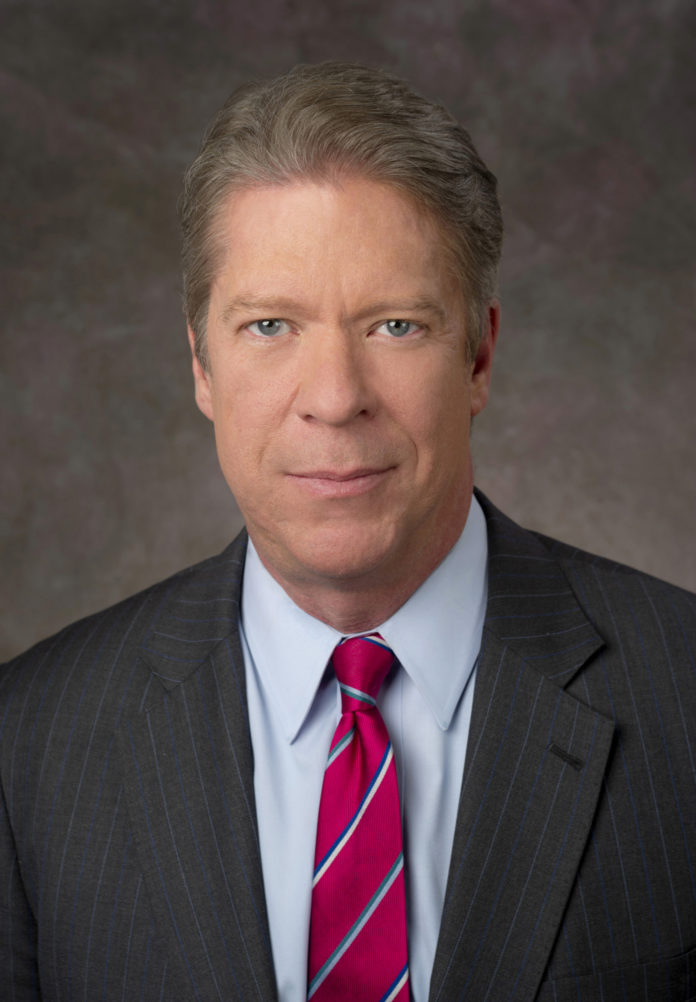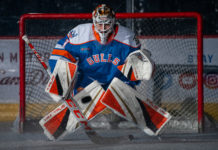This is not an existential question. If we rely on Rene’ Descartes’ philosophical observation cogito erg sum, I think therefore I am then the matter of the Padres is resolved. The Padres matter to me, therefore the Padres matter. That the Padres have mattered to me every year of their Major League history, matters even more. Not only that, I have over the years learned about Padres history before I knew they existed. So now Padres pre-history (to me) matters to me. That’s a lot of mattering…. especially over a team whose mediocrity inspires a lot of muttering.
I moved away from San Diego in 1980 to attend college and have not been a permanent resident since. The Padres history that matters most to me is when I lived in San Diego, listened to more than 100 games a year and attended as many games as I could. That means the 70s – a decade that produced a lot of sloppiness, wild hair, garish garb, weird stunts and ragged memories… and I’m not just talking about the Padres.
Here is a primer of my Padres circa the 70s:
1969 – The Major League Padres are born, two-hundred years after Franciscan friars settle San Diego. The team loses 110 games with Sparky Anderson, later Hall of Fame manager of the World Champion Cincinnati Reds and Detroit Tigers, serving as 3rd base coach. It is the Padres second year in San Diego Stadium, built in 1967 at the urging of San Diego sports writing legend Jack Murphy. The stadium was constructed in the Brutalist style (look it up, you will learn something) and featured some of the most daunting dimensions of any Major League ballpark – 330 feet down the right and left field lines, 375 feet to the power allies and 420 feet to dead center. To hit a home run, a player had to a ball that far and over a 19-foot wall.
1970 – In the first game of a Padres home twi-night double-header on Friday, Aug. June 12, Pittsburgh Pirates pitcher Doc Ellis throws a no-hitter – a first against the Friars. Ellis walked 8 batters and hit another in 2-0 complete game victory. Fourteen years later he said he pitched the no-no under the influence of LSD. It also could have been vodka or amphetamines – memories, opinions and substances have over the years tended to blur. Like the decade itself.
1972 – On Aug. 1, Nate Colbert hits 5 homeruns and knocks in 13 runs in a double-header in Atlanta against the Braves. The 13 RBI performance is still an MLB record. The five home runs tied a record held by Stan Musial of the St. Louis Cardinals (Colbert, a St. Louis native, attended the 1954 double-header where Musial hit five homers). Though I grew up in America’s Finest City with many wondrous sun-splashed things to do, I listened to both games of that twin-bill in my back yard.
1973 – Dave Winfield arrives, the second legitimate star to wear a Padres uniform (Colbert being the first). Winfield was drafted by the Padres, the NFL Minnesota Vikings, the NBA Atlanta Hawks and the American Basketball Association Utah Stars (one of only six athletes ever to be drafted in the same year by three professional teams). Like fellow Hall of Famers Bob Feller, Catfish Hunter, Al Kaline, Harmon Killebrew, Sandy Koufax and Mel Ott, Winfield never played a game in the minor leagues. Winfield played in 12 All-Star games (4 as a Padre) and was the first player inducted into the Hall of Fame to have a Padres cap on his plaque.
1974 – Ray Kroc, owner of McDonald’s saves the Padres from Washington, D.C., where a sale snagged by lawsuits was held up long enough to prevent the San Diego Padres from becoming the Washington Stars (the sale was close enough that Topps printed two sets of cards – one for each city). During the first home game, Kroc entered the public address booth and screamed into the mic – for all to hear – “I have never seen such stupid ball playing in my life.” This was the time, believe it or not, of streaking and a naked patron (or should I say a dressed patron – they had to get their ticket from somewhere – who then became naked) then dashed across the field, prompting Kroc to bellow: “Throw him in jail.” The Padres suddenly became unpredictable outside the lines. Attendance grew.
1975 – Padres finish in fourth place, the first time in history outside of dead last. The record of 71-91 left the team 37 games out of first, but the lineup included Winfield, future Hall of Famer Willie McCovey and a promising young pitcher named Randy Jones – who won 20 games and led the National League with a 2.24 ERA
1976 – Jones wins the first Cy Young award in Padres history, posting a 22-14 record and an ERA of 2.74. Jones set an MLB record for 112 fielding chances without an error and carried a 16-3 record into the 1976 All-Star Game, the highest winning percentage before or since.
1978 – The Padres finish with a record of 84-78, the first winning season in 10 years of pro baseball in San Diego. Future Hall of Famer Gaylord Perry, then 39, wins the Cy Young (21-6 record and 2.73 ERA) and Rollie Fingers wins the Fireman of the Year award (37) saves. Perry became the first pitcher in MLB history to win the Cy Young in both leagues. Padres host All-Star Game and become the first team to ever open batting and fielding practice the day before the Mid-Summer classic to the fans for free. More than 30,000 fans, yours truly included, attended. The event became such an MLB sensation it was repeated every year ever after and morphed into the Home Run Derby in 1985. This is also the beginning of the Ozzie Smith era. Ozzie is the greatest shortstop in Padres history – an electrifying athlete who, ten games into his rookie season, made one of the greatest fielding plays in baseball history. My brother witnessed the play and came home dumbfounded – describing it in elaborate and disbelieving detail as if it was something he only imagined. You can find it here or by searching for Ozzie Smith and Jeff Burroughs. Here is the link: https://clmttimes.news/ozzie
1980 – Padres return to last place with a record of 73-89 and broadcaster Jerry Coleman serving as manager. I note this only as the perfect example of my never-ending optimism where the Padres are concerned. I thought Coleman as manager was a great idea. It wasn’t.
I left San Diego for college in August of 1980. I kept my California driver’s license until I moved to Amarillo, Texas, in June of 1984 to start my first job in professional journalism. Next issue I will explain what that job was and how that fall of 1984 I experienced the greatest weekend of my life – thanks to the Padres.
Do you have a Padres or Clairemont question for Major…. Heck, maybe even a White House question? Send us an email to: AskMajor@ClairemontTimes.com we’ll forward them along
Major Garrett was born and raised in Clairemont, is Chief White House Correspondent for CBS News, host of “The Takeout” podcast and author of the upcoming book “Mr. Trump’s Wild Ride: The Thrills, Chills, Screams and Occasional Blackouts of His Extraordinary First Year in Office.”




